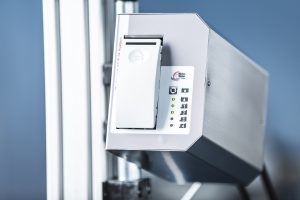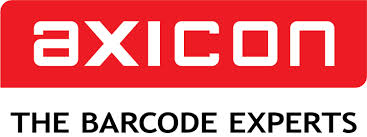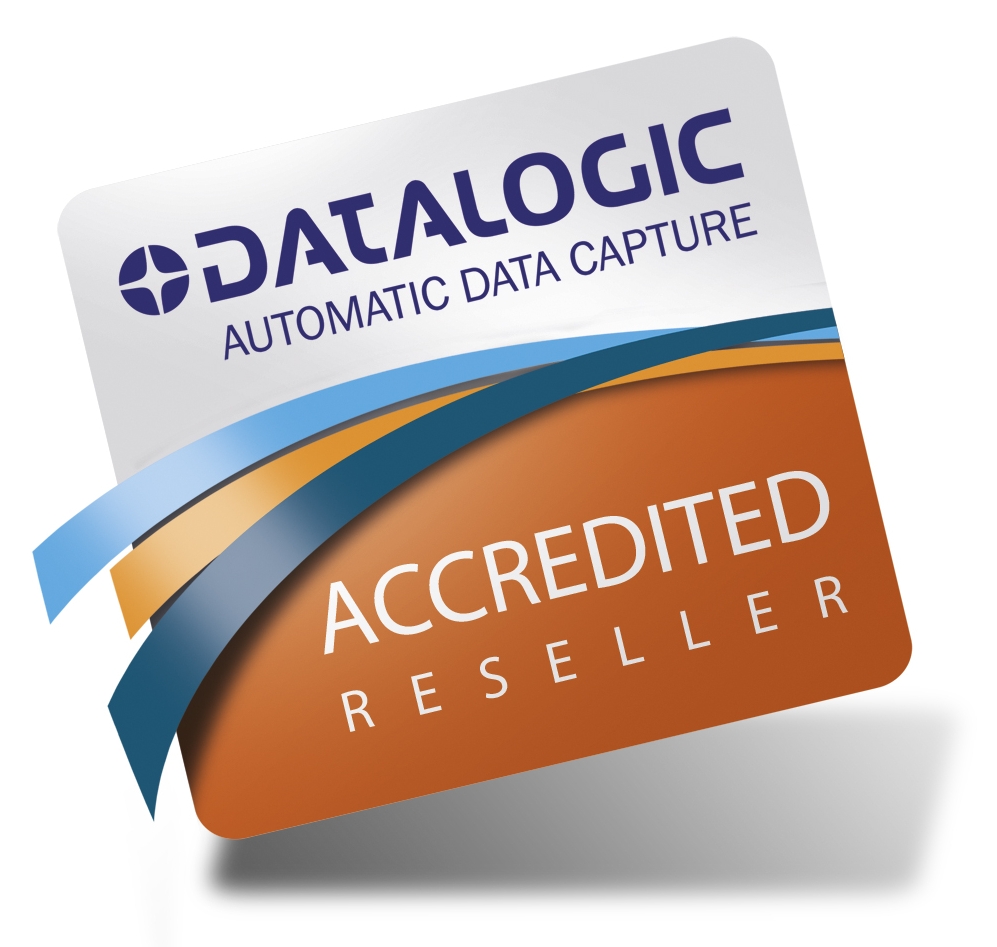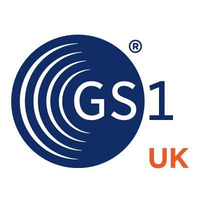
Part 1: Ink saving on inkjet printers

When buying an inkjet printer for industrial marking, there is a lot to consider. It is important that it is suitable for the particular application. In addition, of course, the price also plays a role. However, if you are interested in an inkjet printer , you should pay attention not only to the purchase price, but also to the consumption of ink and the associated consumption costs .
An expensive inkjet printer, which is low in consumption, can benefit in the long run and be ultimately cheaper. Irrespective of this, all inkjet printers can reduce the consumption of ink with a few little tips tricks. Up to 50% can be saved in this way.
We will show you how to save ink and reduce costs .
1. Economical potential for pressure resolution
There is a great deal of potential savings in the pressure resolution. The higher the print resolution, the more ink consumes the printer. The print resolution is expressed in dpi (dots per inch). Thermal inkjet printers can print at up to 600 dpi print resolution. In some industries such as the pharmaceutical industry, high-resolution prints with a resolution of at least 300 dpi are important , since the codes must be readable automatically.
However, in other industries, a lower resolution is often sufficient .
Therefore, if you are designing your products or packagings, you should ask yourself beforehand whether you need a high-resolution printed image or whether a low-resolution printed image fulfills its purpose. This is because at a low-resolution print, ink consumption is lower.
2. Lower ink costs with the correct font
As different as our print requirements are, so are our printed fonts. Some are particularly wide and have serifs.Others, on the other hand, are very thin. All this affects the ink consumption during printing.
There are fonts that can save a lot of ink . It was found by a student named Suvir Michandandi in 2014, when he moved to a new school. Michandandi wondered why he was given more prints at the new school than at his previous school. He compared the ink consumption of the fonts “Garamond”, “Times New Roman”, “Century Gothic” and “Comic Sans” with the help of special software. The result: Garamond is particularly economical.
With the correct font , the amount of prints can be increased by more than 75% !
3. Printing ink cartridges blank with non-stop printing
Downtime of Plant and indeed Printing Equipment costs money. In the area of labeling it comes to the increase system availability and reduce downtime . For this reason, chips in ink cartridges now help to indicate the ink level: the operator sees in time when an ink cartridge needs to be changed. But many replace the cartridges with a planned shutdown. Thus, it can happen that the removed ink cartridge is still half full .

One solution to this is the non-stop printing function. With this function in the Markoprint thermal inkjet printers , the ink cartridges can be fully utilized . Two synchronized print heads are operated simultaneously. If an empty cartridge needs to be replaced, the other print cartridge automatically takes over and prints.
4. Economical central ink supply
For extended large prints, a central and cost-effective ink supply system can be worthwhile. For example, a Bulksystem is available for Markoprint inkjet printers. It is suitable for Hewlett Packard fast-drying or solvent-based inks. With 400 milliliters, the ZTV contains more than ten times as much ink as a single HP cartridge. This not only minimizes the number of cartridges needed, but also reduces costs in the long term.
5. Save with original ink from the manufacturer
At first glance, inks from third-party manufacturers seem to save money. But this is unfortunately not the case. In the worst case, inks and solvents from third-party manufacturers lead to failures and errors in the printing system. Also, the use of foreign ink can be at the expense of printing quality . This not only costs unnecessary time but also money for a technician. Furthermore, printer cartridges from third-party suppliers are generally not as productive as those of the original manufacturer.
6. Protect the print heads
There is another effective way to save ink: make sure your print cartridge is not dirty or dries !
If a printer does not print for an extended period of time and the ink cartridge is open, the ink will dry. Then, for example, the printer prints only streaky or not at all. In such cases, the ink cartridge is usually no longer usable. This can be prevented by covering the ink cartridge during prolonged printing pauses . A further possibility is a self-sealing Markoprint thermal inkjet print head , which closes itself after a previously defined time at standstill . When it is re-started, it prints in the usual quality.
TIP: In the Markoprint inkjet printers, there is an ink consumption calculator in connection with the iDesign print layout design software. The operator can change the print parameters and see directly how the ink consumption changes.









